Home>Kitchen & Cooking>Kitchen Gadgets & Utensils>How To Smoke A Brisket On A Weber Kettle
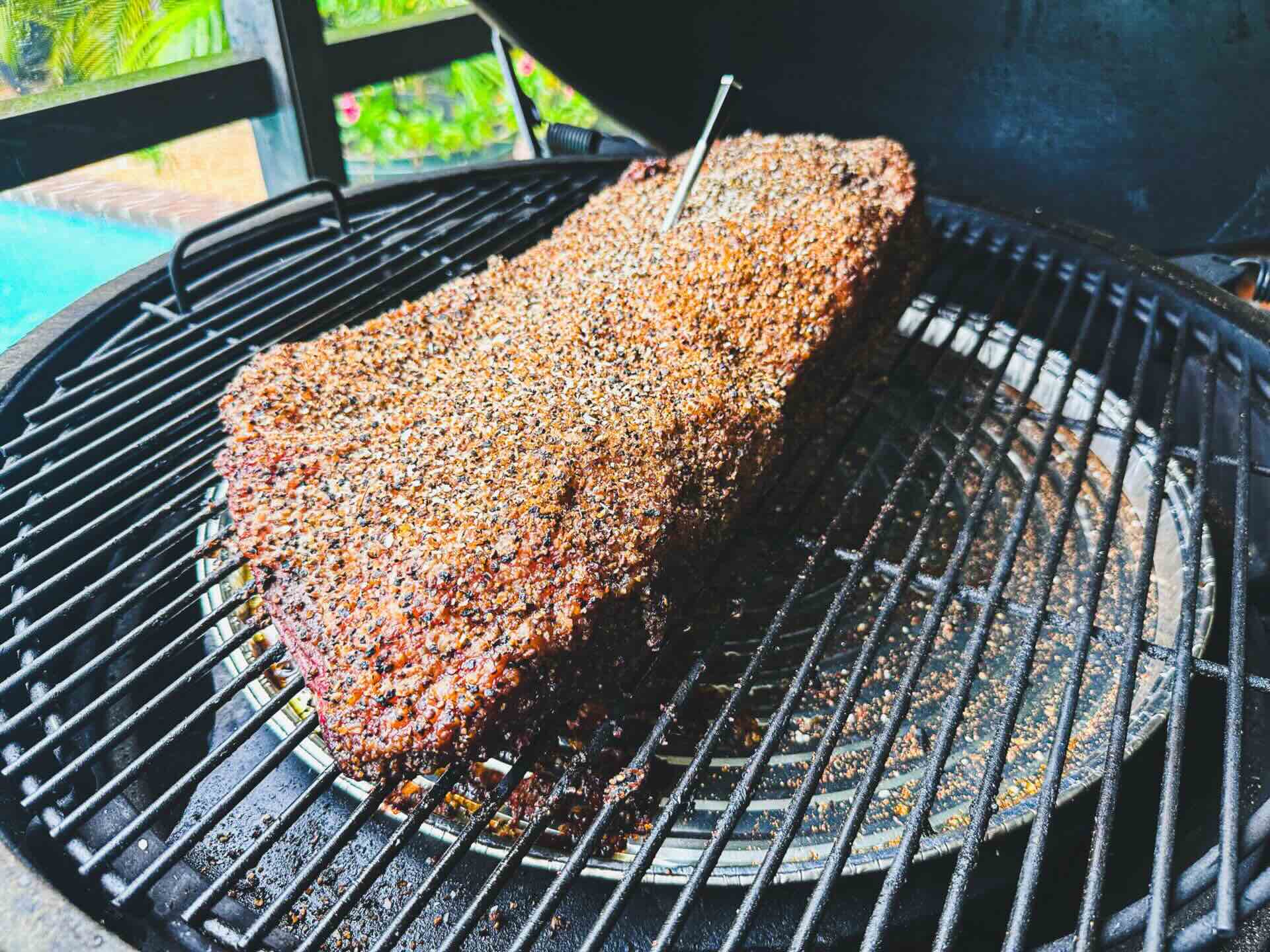

Kitchen Gadgets & Utensils
How To Smoke A Brisket On A Weber Kettle
Modified: February 18, 2024
Learn how to smoke a brisket on a Weber Kettle with our top kitchen gadgets and utensils. Get the best tips and techniques for perfecting your brisket every time.
(Many of the links in this article redirect to a specific reviewed product. Your purchase of these products through affiliate links helps to generate commission for Storables.com, at no extra cost. Learn more)
Introduction
So, you've decided to venture into the realm of smoking a brisket on a Weber Kettle. Congratulations! You're about to embark on a flavorful journey that will reward your taste buds and culinary skills. Smoking a brisket is an art form that requires patience, attention to detail, and a passion for creating mouthwatering, tender meat infused with rich, smoky flavors.
Smoking a brisket on a Weber Kettle is a time-honored tradition that brings people together over the love of good food. The process of transforming a tough cut of meat into a tender, succulent delicacy is both challenging and immensely rewarding. With the right techniques and a touch of creativity, you can elevate this humble cut of beef into a culinary masterpiece that will impress your friends and family.
In this comprehensive guide, we will walk through the entire process of smoking a brisket on a Weber Kettle, from choosing the right brisket to serving up a tantalizing feast. Whether you're a seasoned pitmaster or a novice enthusiast, this guide will equip you with the knowledge and confidence to tackle this culinary adventure with gusto.
So, roll up your sleeves, fire up your Weber Kettle, and get ready to dive into the wonderful world of smoking a brisket. It's time to unleash your inner barbecue maestro and create a culinary masterpiece that will be remembered for years to come. Let's get smokin'!
Key Takeaways:
- Smoking a brisket on a Weber Kettle is a flavorful journey that requires patience, attention to detail, and quality ingredients. With the right techniques, you can transform a tough cut of meat into a culinary masterpiece that will impress your friends and family.
- Choosing the right brisket, preparing it with care, and mastering the art of smoking on a Weber Kettle are essential steps in creating a tender, succulent, and flavorful brisket that will leave a lasting impression on your guests.
Read more: How To Smoke With A Weber Kettle
Choosing the Right Brisket
When it comes to smoking a brisket on a Weber Kettle, selecting the right cut of meat is crucial to achieving a mouthwatering result. The brisket, cut from the lower chest of the cow, is comprised of two distinct muscles: the leaner flat and the fattier point. Here are some key factors to consider when choosing the perfect brisket:
- Quality: Opt for a high-quality brisket, preferably USDA Prime or Choice grade, as it will have more marbling, resulting in a juicier and more flavorful end product.
- Size: Consider the size of the brisket based on the number of people you plan to serve. A good rule of thumb is to estimate about 1 pound of uncooked brisket per person, as the meat will shrink during the cooking process.
- Thickness: Look for a brisket with a consistent thickness across the flat and point muscles, as this will ensure even cooking and optimal tenderness throughout the meat.
- Appearance: Inspect the brisket for a thick layer of fat, known as the fat cap, which will help keep the meat moist during the smoking process. Additionally, the meat should have a bright red color and be free of any off-putting odors.
When purchasing a brisket, consider visiting a reputable butcher who can provide guidance on selecting the best cut for your specific needs. If you have the opportunity, choose a brisket that has been sourced from humanely raised and grass-fed cattle, as this can contribute to a more wholesome and flavorful end result.
Remember, the quality of the brisket forms the foundation of a successful smoking endeavor. By carefully selecting a well-marbled, properly sized brisket, you set the stage for a delectable and memorable dining experience that will leave your guests craving more.
Preparing the Brisket
Before you can embark on the smoking journey, it’s essential to properly prepare the brisket to ensure optimal flavor and tenderness. The preparation process involves several key steps that lay the groundwork for a successful smoking session:
- Trimming: Begin by trimming the excess fat from the brisket, leaving behind a thin, uniform layer to enhance flavor and moisture retention during the smoking process. Pay special attention to the fat cap, ensuring it is evenly distributed to protect the meat from drying out.
- Seasoning: Apply a generous coating of your favorite dry rub or seasoning blend to the brisket, ensuring that it is evenly distributed on all sides. The seasoning not only adds flavor but also forms a savory crust, known as the bark, during the smoking process.
- Resting: Allow the seasoned brisket to rest at room temperature for about 30 minutes to ensure that the flavors meld with the meat. This resting period also allows the brisket to reach an ideal temperature for even cooking.
- Injection (Optional): For an extra layer of flavor and moisture, consider injecting the brisket with a marinade or beef broth using a flavor injector. This step can infuse the meat with additional depth and succulence.
As you prepare the brisket, keep in mind that each step contributes to the overall flavor and texture of the final product. The careful trimming, thoughtful seasoning, and optional injection process set the stage for a brisket that is bursting with savory goodness and tenderness.
By investing time and attention into the preparation of the brisket, you are laying the foundation for a culinary masterpiece that will captivate the senses and leave a lasting impression on all who have the pleasure of savoring it.
Preparing the Weber Kettle
Before you can begin the smoking process, it’s essential to prepare your Weber Kettle to create the ideal environment for infusing your brisket with rich, smoky flavors. Here’s how to get your Weber Kettle ready for the smoking adventure:
- Cleaning: Start by thoroughly cleaning your Weber Kettle, ensuring that the cooking grates, charcoal grate, and ash catcher are free from any debris or residue. A clean grill not only promotes food safety but also allows for optimal airflow during the smoking process.
- Charcoal Arrangement: Arrange a two-zone fire in your Weber Kettle by placing a large pile of charcoal briquettes on one side of the grill and leaving the other side empty. This setup creates a direct heat zone for searing and an indirect heat zone for smoking the brisket.
- Adding Wood Chips: Soak your favorite wood chips, such as hickory, mesquite, or applewood, in water for at least 30 minutes to impart a delightful smoky flavor to the brisket. Once soaked, place the wood chips on top of the hot charcoal to generate aromatic smoke during the cooking process.
- Water Pan: Fill a small, heatproof pan with water and place it on the indirect heat side of the grill. The water pan serves to regulate the temperature inside the Weber Kettle and maintain a moist cooking environment, preventing the brisket from drying out.
Properly preparing your Weber Kettle is essential for creating a conducive smoking environment that ensures the brisket absorbs the perfect balance of heat and smoky essence. By attending to these key steps, you are setting the stage for a successful smoking session that will yield a brisket infused with irresistible flavors and tenderness.
Now that your Weber Kettle is primed and ready, it’s time to embark on the next phase of the smoking journey and bring your brisket to mouthwatering perfection.
For a smoky flavor, use wood chunks or chips like hickory or oak. Soak them in water for 30 minutes before adding to the charcoal. This will create a slow, steady smoke for your brisket.
Smoking the Brisket
With the brisket prepared and the Weber Kettle primed, it’s time to embark on the smoking process, infusing the meat with delectable smoky flavors. Here’s how to smoke your brisket to perfection:
- Placement: Carefully place the seasoned brisket on the indirect heat side of the grill, positioning it away from direct flames to ensure gentle, consistent cooking. Close the lid of the Weber Kettle to trap the aromatic smoke and heat inside.
- Temperature Control: Monitor the internal temperature of the Weber Kettle using a reliable grill thermometer. Aim to maintain a consistent temperature of around 225-250°F (107-121°C) throughout the smoking process, adjusting the airflow and charcoal as needed.
- Patience: Smoking a brisket is a slow and steady process, typically requiring 1.5 to 2 hours of smoking time per pound of meat. Embrace patience as the brisket gradually absorbs the smoky essence and transforms into a tender, flavorful masterpiece.
- Basting (Optional): Periodically baste the brisket with a mixture of apple cider vinegar and water to keep the meat moist and enhance its succulence. This step adds an extra layer of flavor and helps develop a beautifully caramelized bark on the exterior.
As the brisket luxuriates in the aromatic embrace of the smoking process, the flavors intensify, and the meat undergoes a remarkable metamorphosis. The slow and gentle cooking method allows the brisket to develop a tantalizing smoky crust, while the interior becomes tender and infused with irresistible flavors.
During the smoking phase, resist the temptation to peek at the brisket too frequently, as this can cause fluctuations in temperature and disrupt the cooking process. Instead, trust in the magic of the smoking method as it works its flavorful alchemy on the brisket, patiently transforming it into a culinary marvel.
Read more: How To Control Weber Kettle Temperature
Monitoring and Maintaining the Temperature
Throughout the smoking process, closely monitoring and maintaining the temperature inside the Weber Kettle is essential for achieving a perfectly smoked brisket. Here’s how to ensure that the temperature remains consistent and conducive to the slow cooking method:
- Thermometer Placement: Position a reliable grill thermometer on the cooking grate next to the brisket to accurately gauge the temperature inside the Weber Kettle. This allows you to make informed adjustments to the airflow and charcoal as needed.
- Airflow Regulation: Utilize the vents on the Weber Kettle to control the airflow and maintain a steady temperature. Adjusting the vents can increase or decrease the heat inside the grill, allowing you to fine-tune the smoking environment.
- Charcoal Management: Keep an eye on the charcoal levels and add additional briquettes as necessary to sustain the desired temperature. A consistent supply of charcoal ensures that the smoking process continues uninterrupted, allowing the brisket to absorb the perfect balance of smoky flavors.
- Temperature Checks: Regularly check the grill thermometer to ensure that the temperature remains within the optimal range of 225-250°F (107-121°C). If the temperature begins to fluctuate, make timely adjustments to the vents and charcoal to restore stability.
By diligently monitoring and maintaining the temperature, you create an environment that fosters the slow, gentle cooking required to transform the brisket into a tender, succulent masterpiece. Consistency in temperature ensures that the meat absorbs the smoky essence evenly, resulting in a harmonious fusion of flavors throughout the brisket.
As you tend to the temperature, embrace the meditative rhythm of the smoking process, allowing the aromatic wisps of smoke to work their magic on the brisket. With each adjustment and observation, you are nurturing the creation of a brisket that promises to delight the senses and elevate the dining experience to new heights.
Resting and Serving the Brisket
After the brisket has undergone the transformative journey of smoking, it’s time to prepare it for a grand reveal and ultimate enjoyment. The final steps of resting and serving the brisket are crucial in preserving its tenderness and delivering a memorable dining experience:
- Resting Period: Once the brisket reaches an internal temperature of around 200-205°F (93-96°C) and exhibits a tender texture, carefully remove it from the Weber Kettle. Allow the brisket to rest, tented with aluminum foil, for at least 30-60 minutes. This resting period allows the juices to redistribute within the meat, resulting in a moist and succulent texture.
- Slicing Technique: When it’s time to slice the brisket, always cut against the grain to ensure maximum tenderness. The brisket should yield to the knife, revealing a beautifully marbled interior that promises a melt-in-your-mouth experience.
- Presentation: Arrange the sliced brisket on a platter, showcasing its rich, smoky bark and tantalizing aroma. Whether served as the centerpiece of a festive gathering or a casual backyard barbecue, the brisket’s presentation sets the stage for an unforgettable dining experience.
- Accompaniments: Complement the smoky richness of the brisket with an array of classic sides and condiments, such as tangy barbecue sauce, pickles, coleslaw, and freshly baked bread. These accompaniments enhance the overall dining experience and provide a delightful contrast to the robust flavors of the brisket.
As the brisket takes its rightful place at the center of the table, anticipation builds, and the air is filled with the irresistible aroma of smoky perfection. Guests eagerly gather, their senses heightened in anticipation of savoring the culmination of your culinary prowess.
With each tender, flavorful bite, the brisket delivers on its promise, leaving an indelible impression and igniting conversations filled with delight and appreciation. As the meal draws to a close, satisfied smiles and contented murmurs bear witness to the triumph of your smoking endeavor.
Rest assured, the memory of this remarkable brisket will linger in the hearts and palates of your guests, ensuring that your smoking prowess becomes the stuff of legend and the foundation of cherished culinary traditions.
Frequently Asked Questions about How To Smoke A Brisket On A Weber Kettle
Was this page helpful?
At Storables.com, we guarantee accurate and reliable information. Our content, validated by Expert Board Contributors, is crafted following stringent Editorial Policies. We're committed to providing you with well-researched, expert-backed insights for all your informational needs.
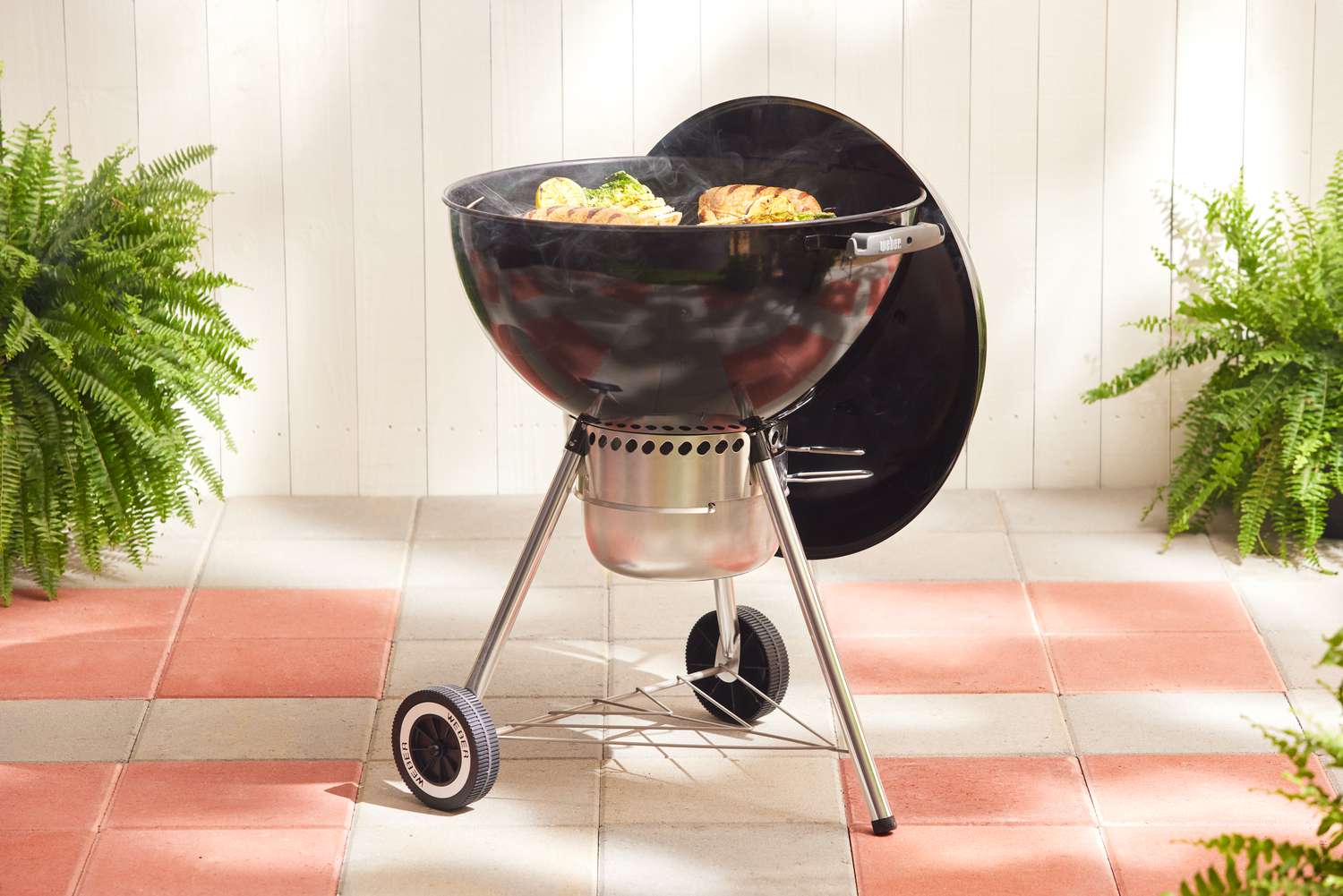
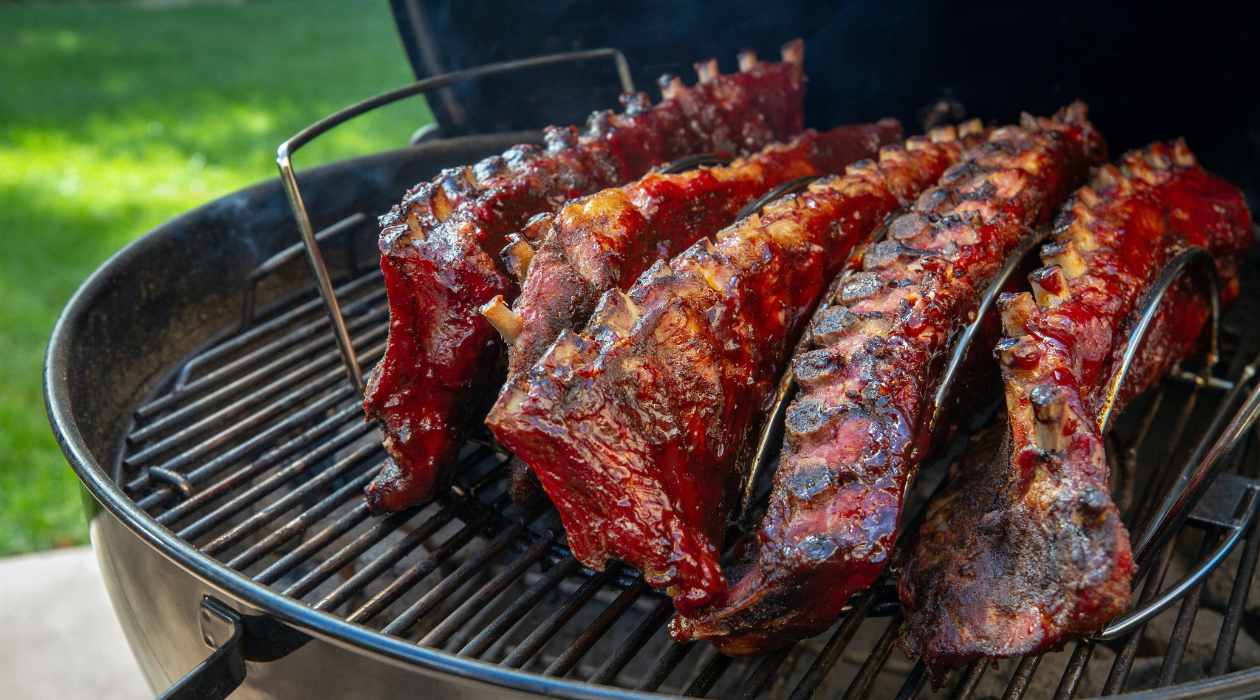
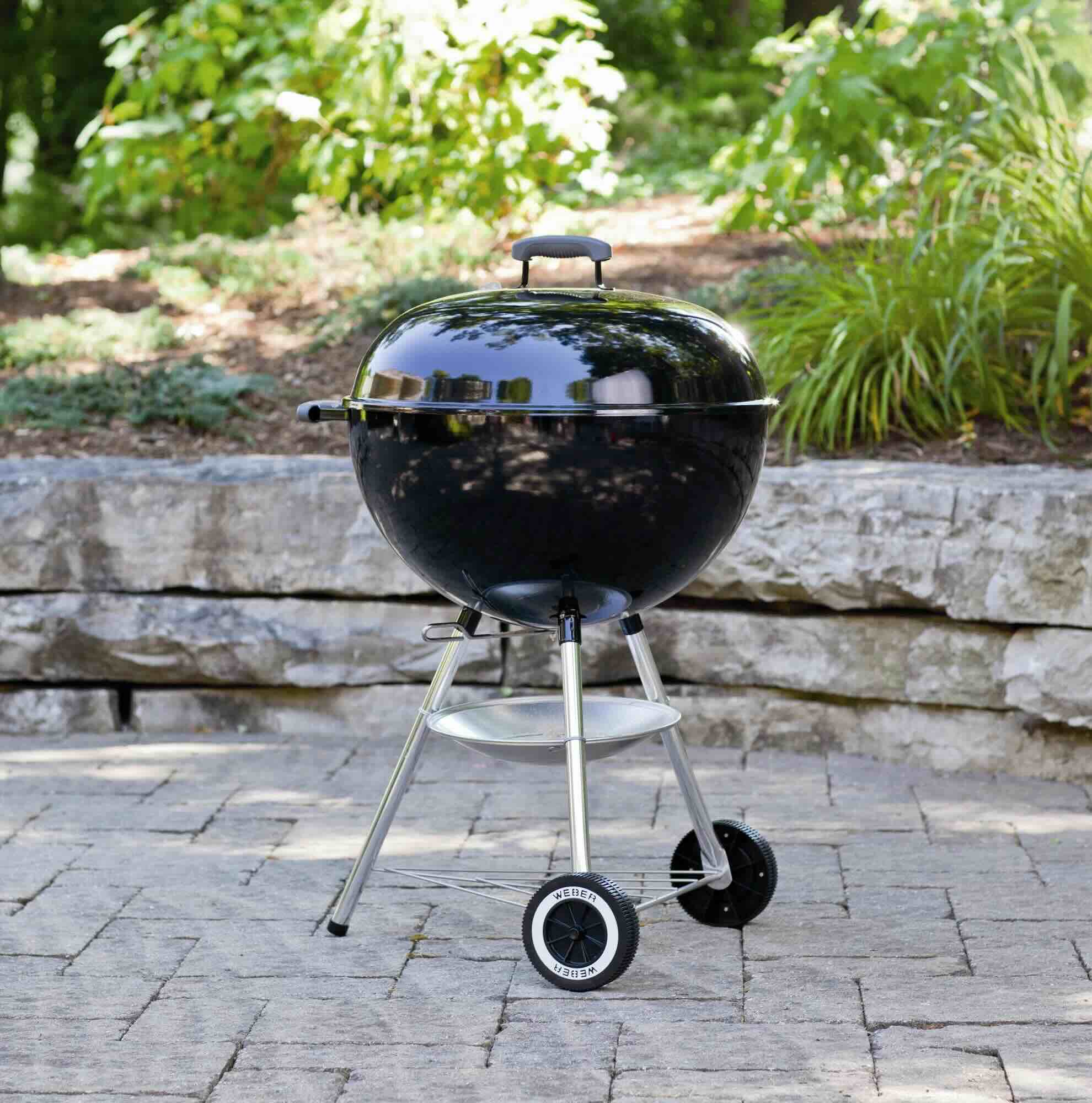
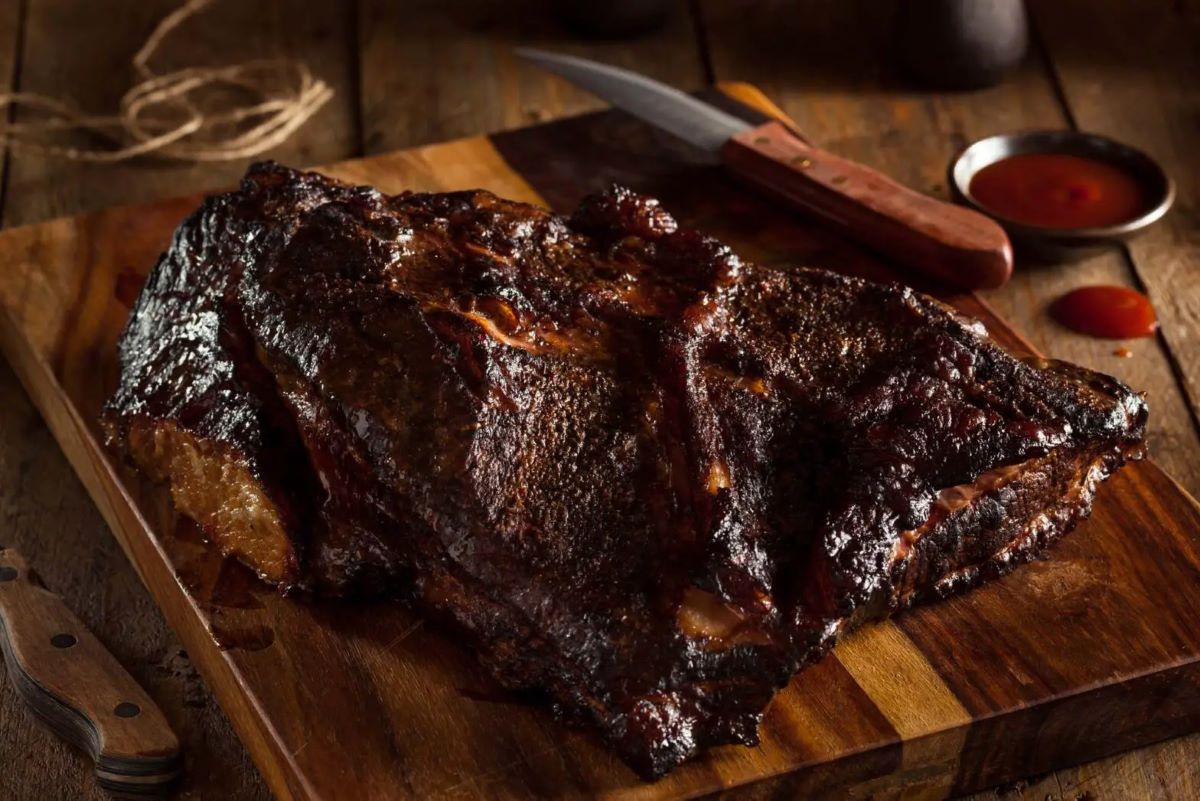


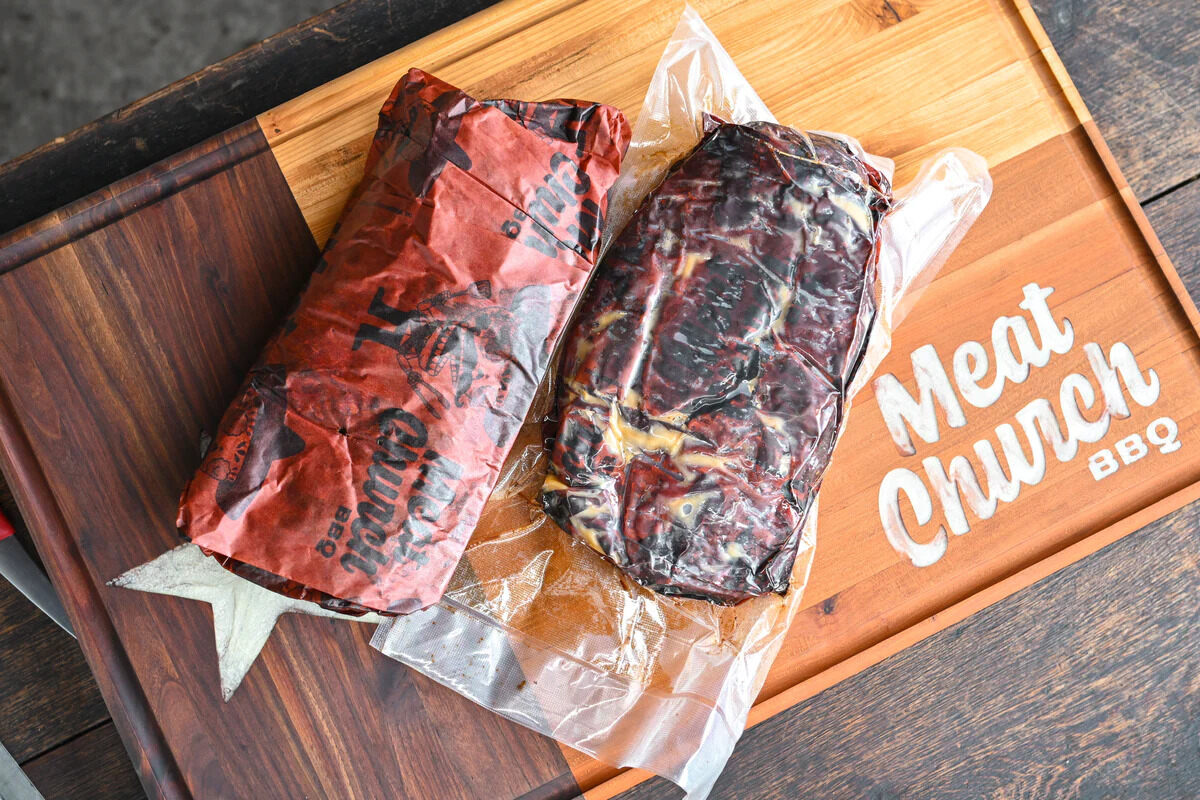
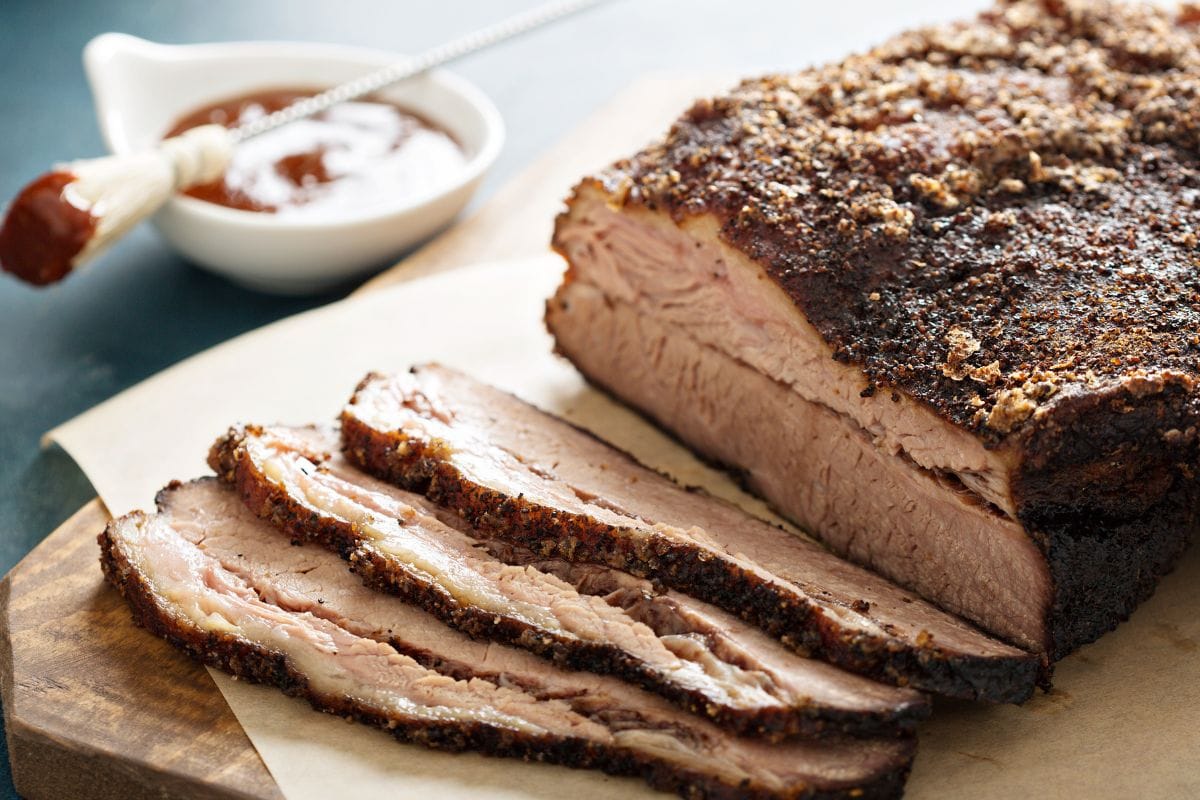
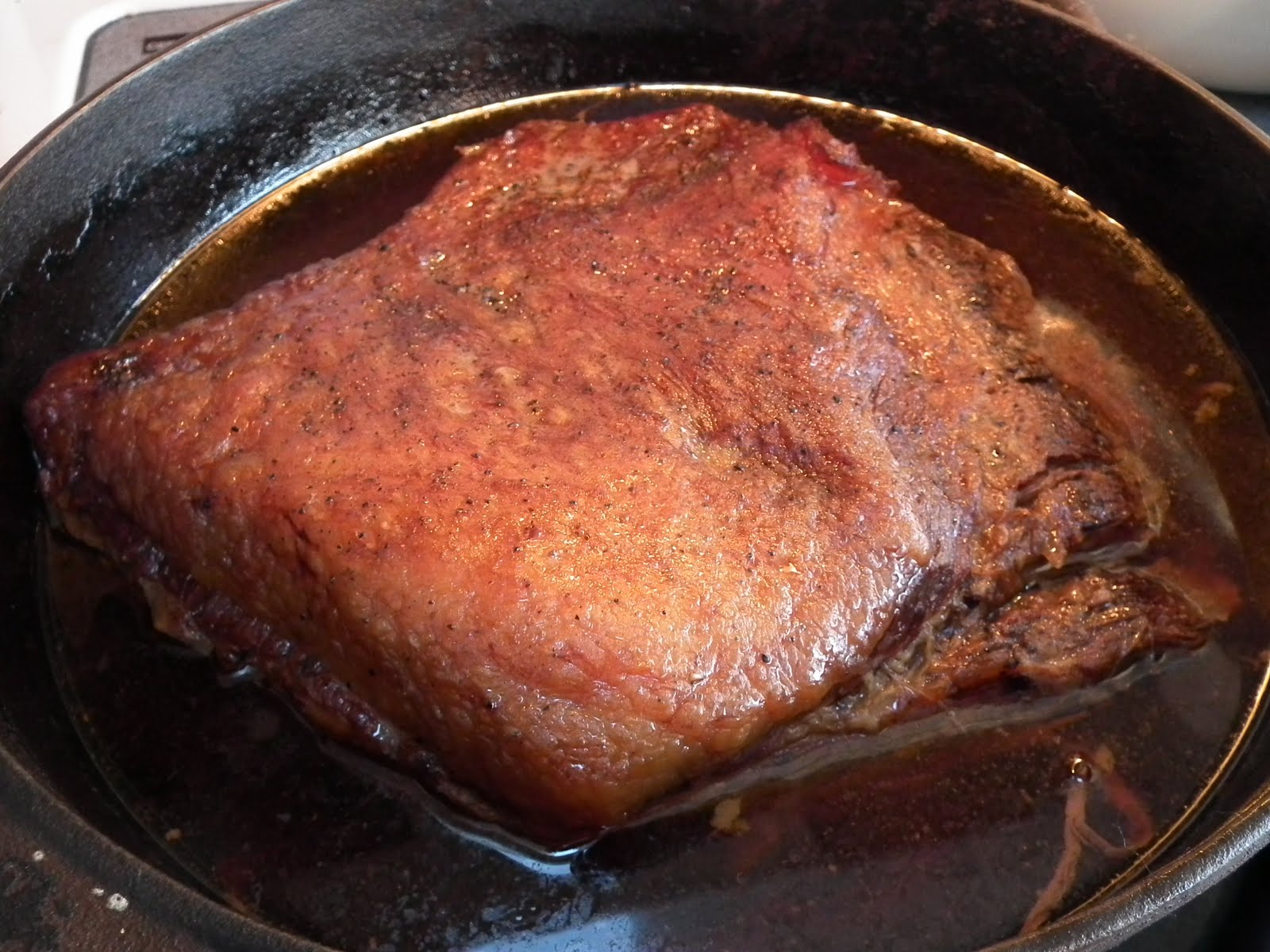
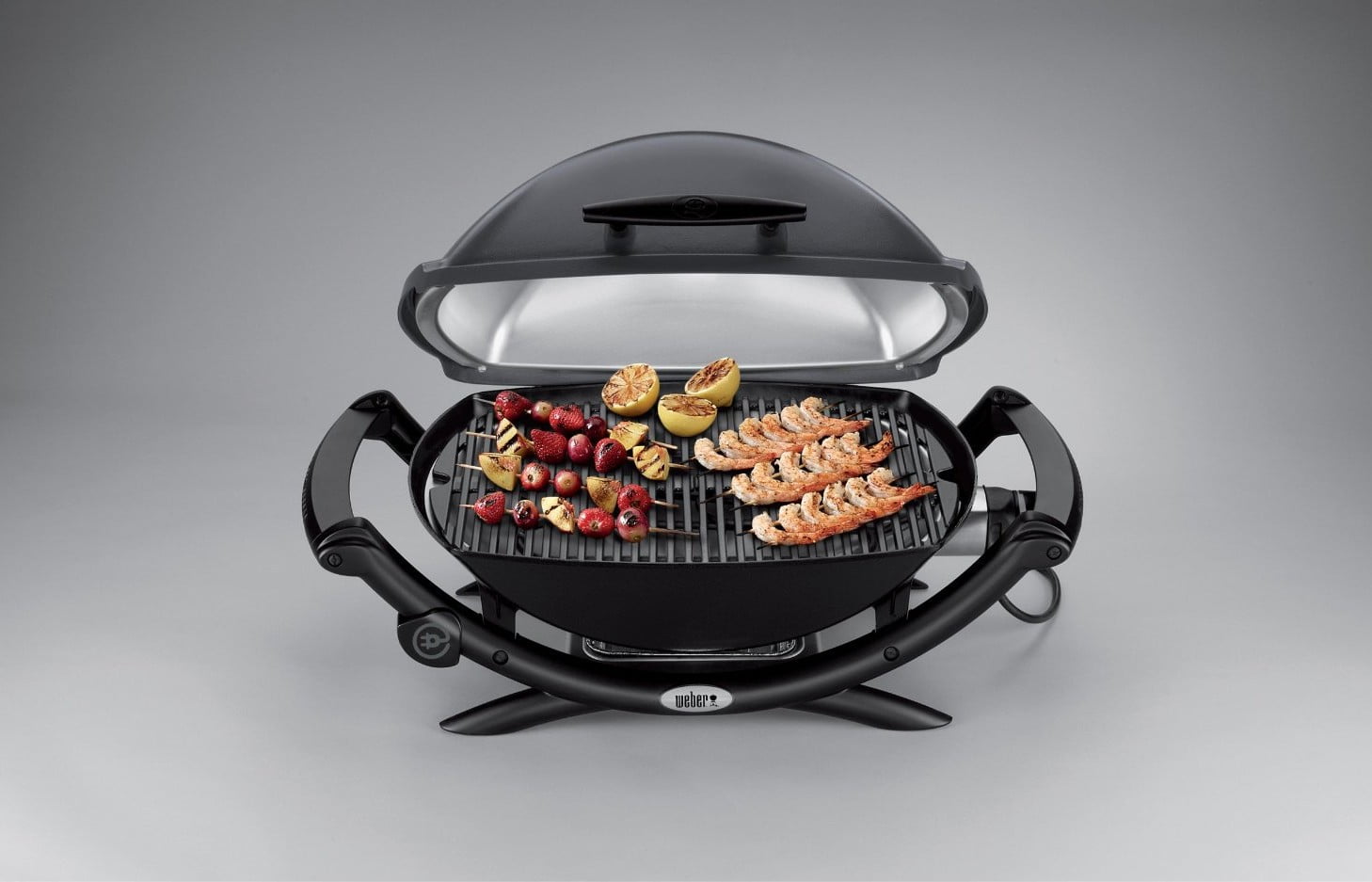
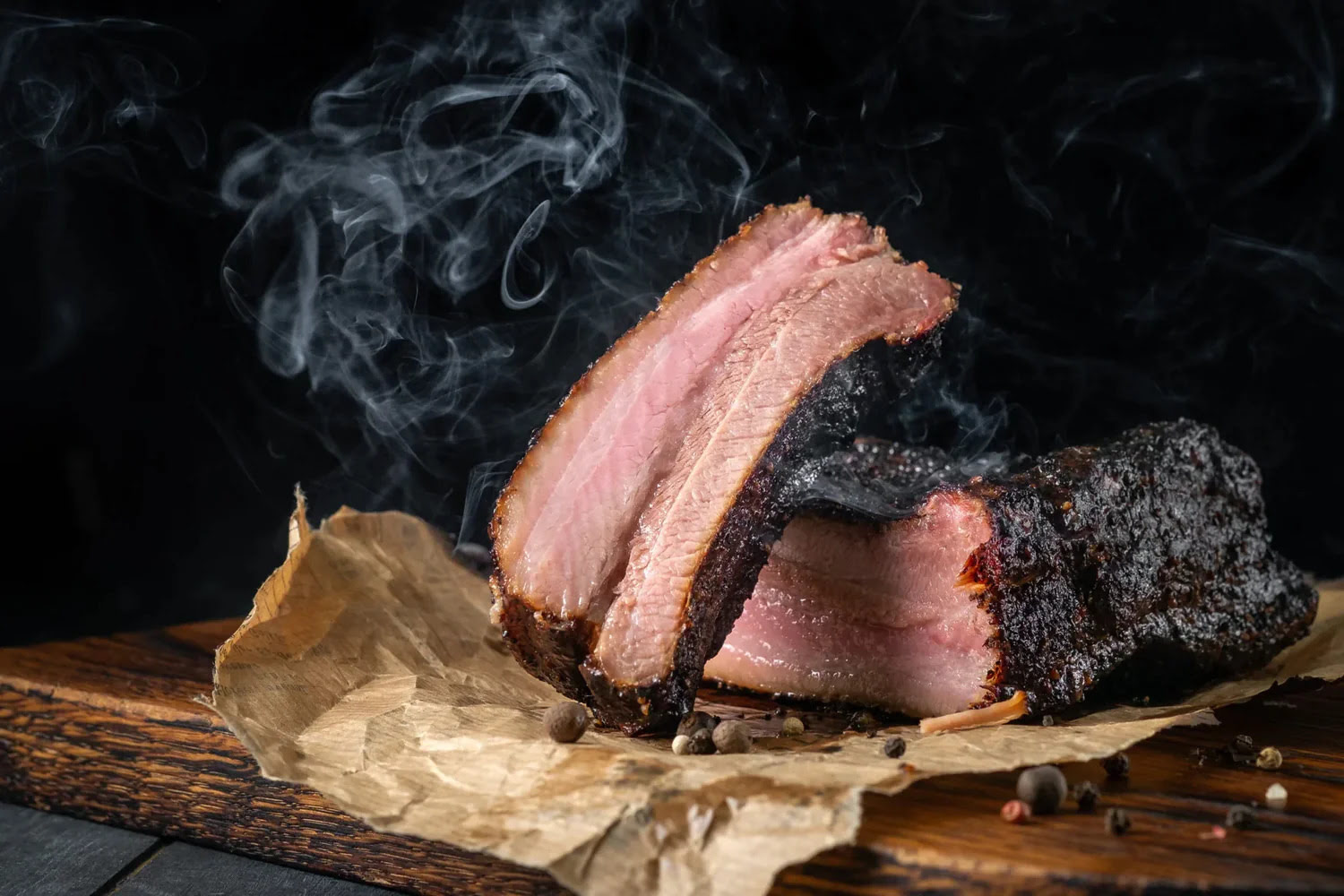
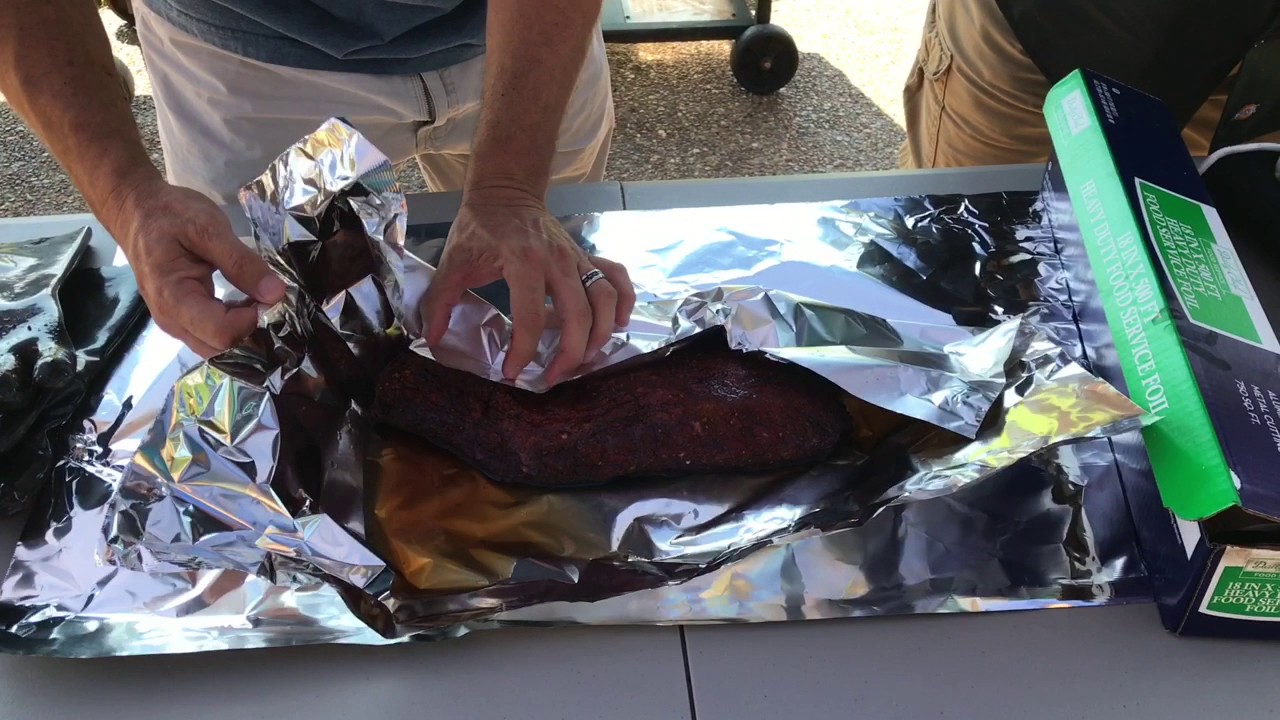
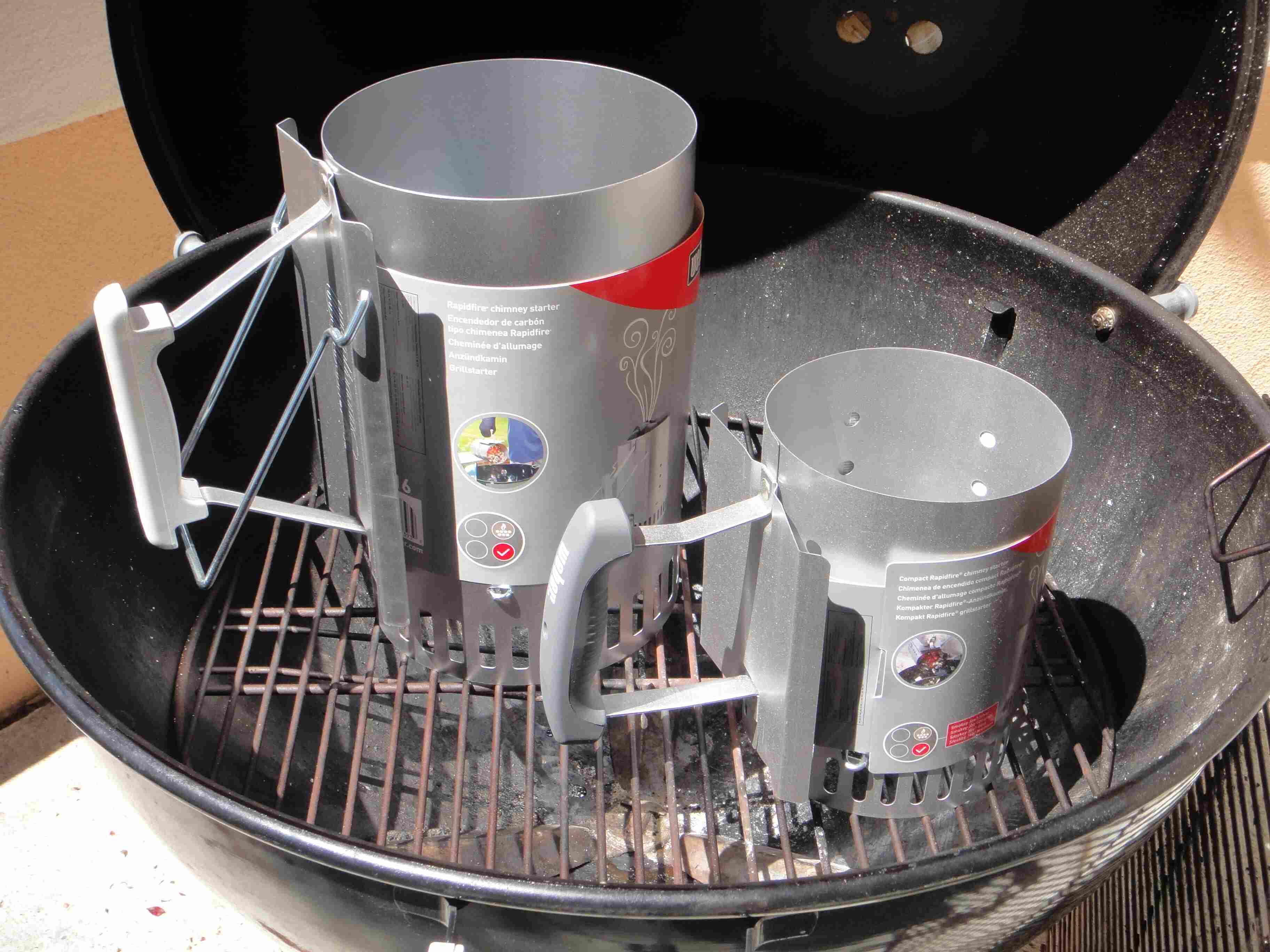
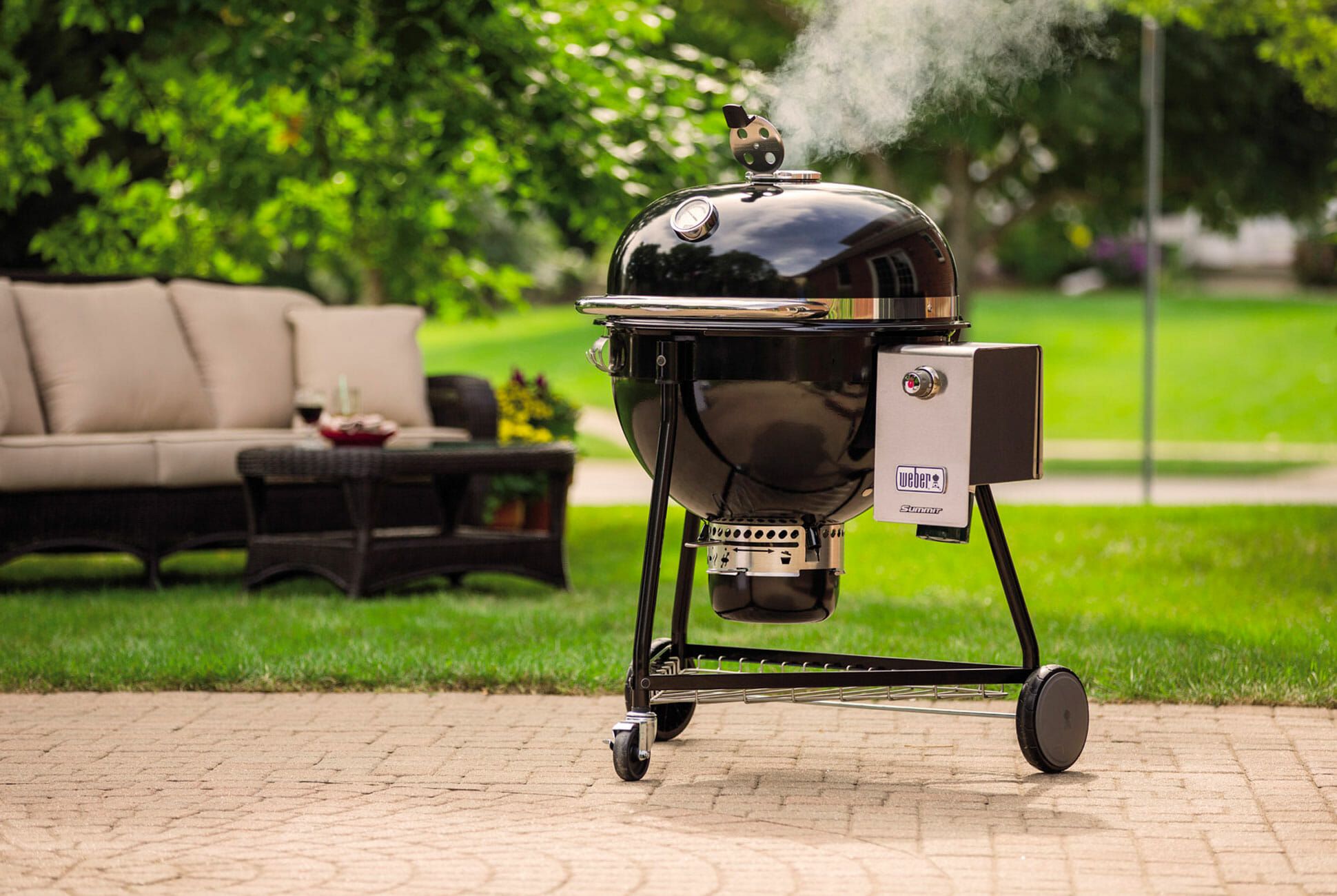

0 thoughts on “How To Smoke A Brisket On A Weber Kettle”